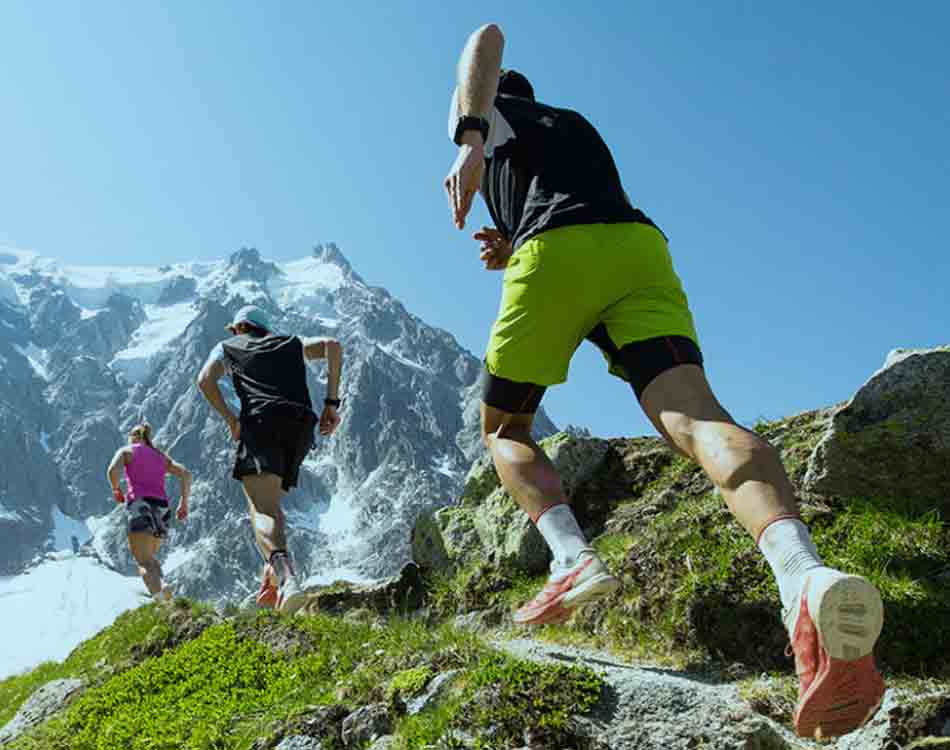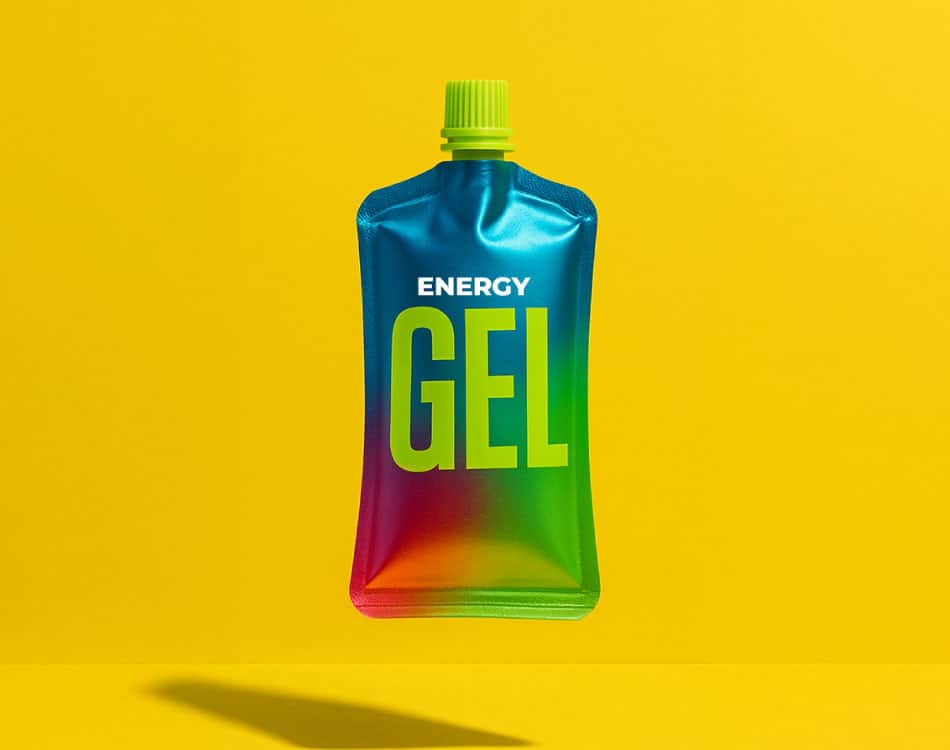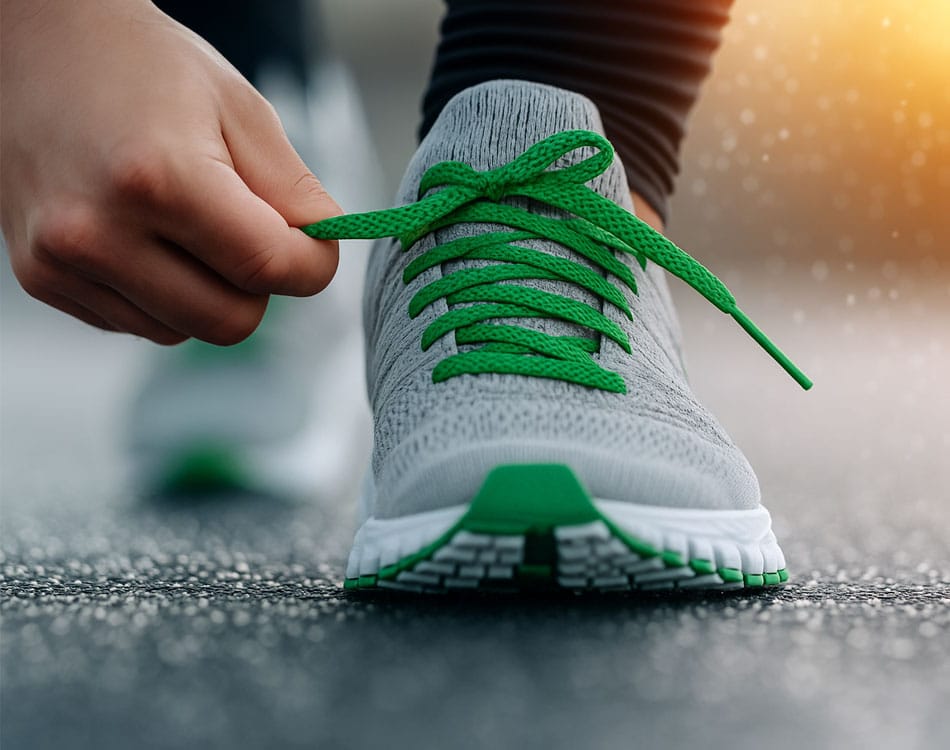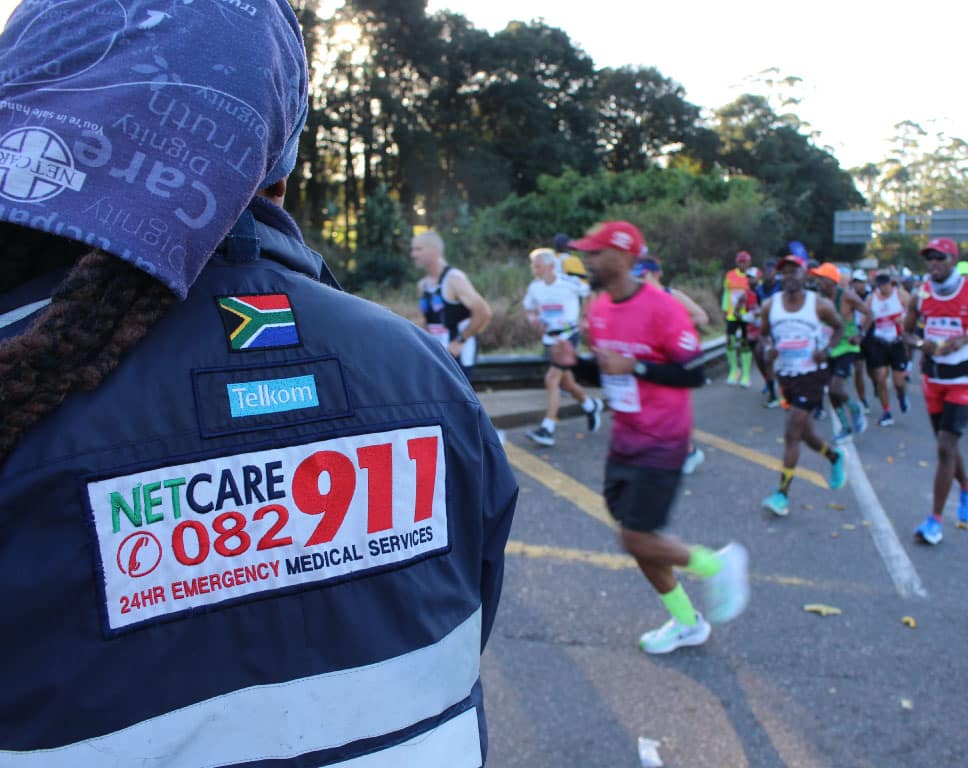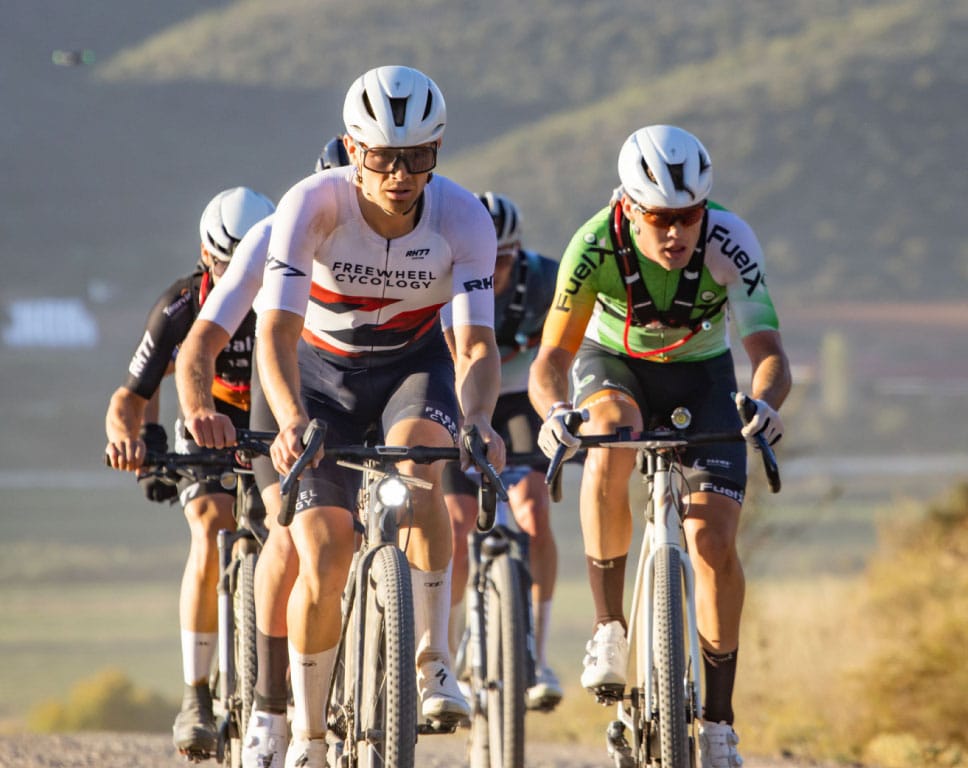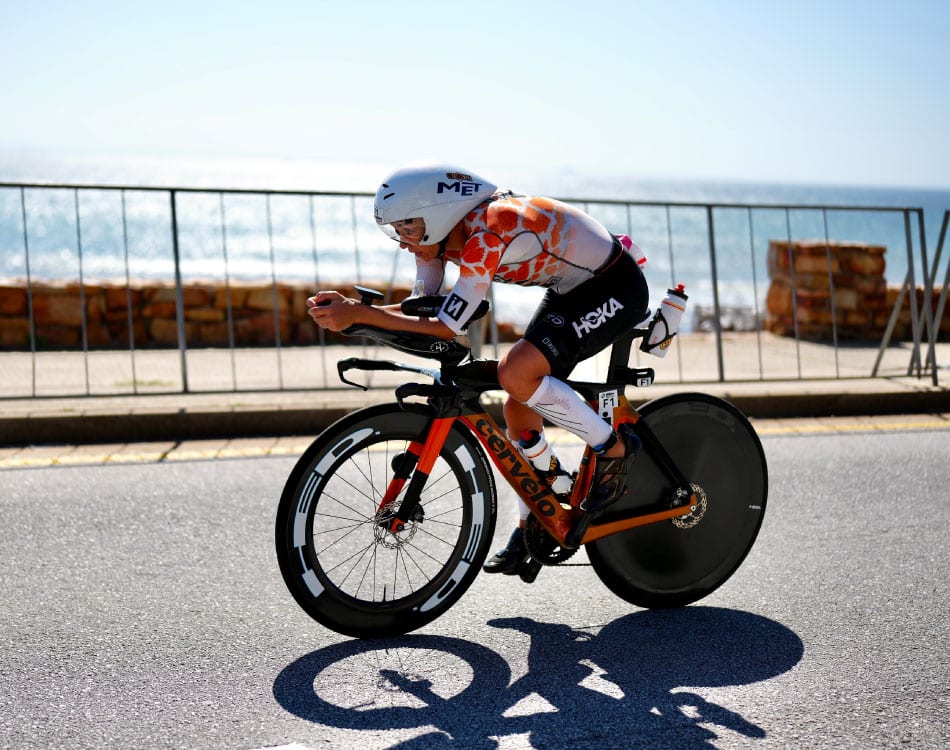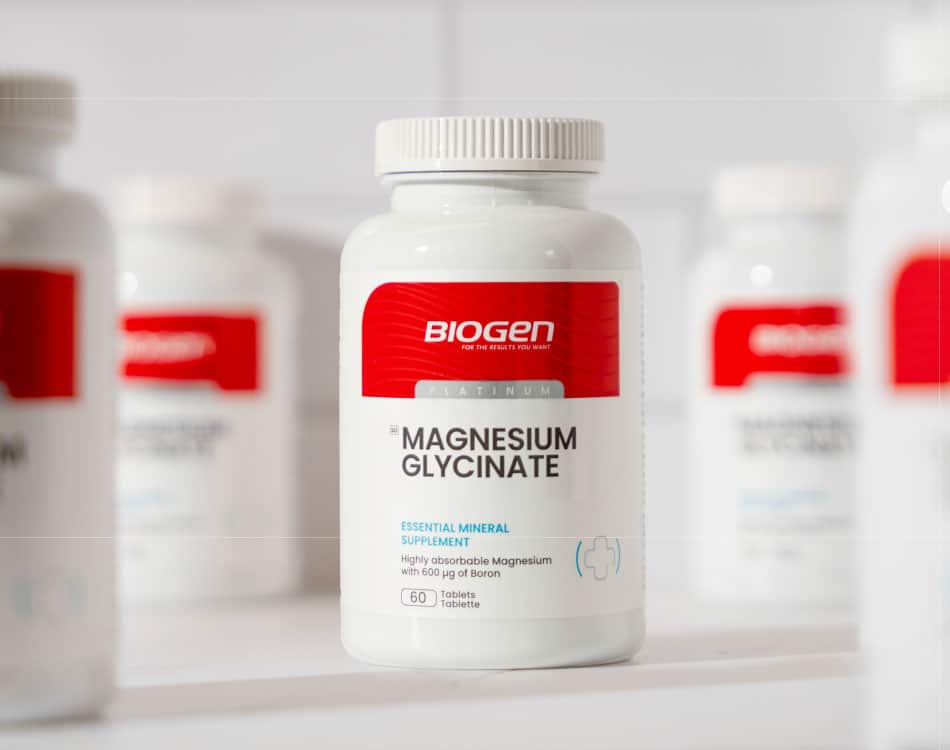Many elite athletes rely on altitude training protocols to deliver a performance boost before major races, and for good reason.
The physiological effects of living and training in specific ways at altitude offer numerous benefits as reduced oxygen levels force the body to compensate in various (natural) ways to boost fitness and work capacity.
However, these mechanisms are relatively complicated and are, therefore, not always clearly understood by the average athlete. What most athletes, both professional and recreational, know for sure is that an altitude training camp can deliver benefits.
Response to altitude
But before you rush off to book a two-week break at a resort located above 2000m in altitude, it pays to understand what happens to the body at higher elevations.
A common description of conditions at altitude is an environment of reduced oxygen. This forces the body to produce more red blood cells in response – the oxygen-carrying molecules in our blood that take this vital gas from our lungs to our organs and muscles to sustain life and our exercise efforts.
However, there is no difference in the composition of the air at sea level and at altitude. The composition of gases remains relatively constant – roughly 78% nitrogen, 21% oxygen, and 1% carbon dioxide and other trace gases. What is different is the density of that air.
Differences in air density
At sea level the weight of the atmosphere exerts a pressure on the air, making it denser. This means there are more oxygen molecules per unit volume, or per breath than there are at altitude. The pressure at sea level is 1 atmosphere, while at an altitude of 5 500m above sea level the pressure is only 0.37 atmospheres. At this height, each breath effectively delivers 50% less oxygen than it does at sea level.
The difference in oxygen density is commonly referred to as the partial pressure of oxygen and is the reason why many people say that the air becomes ‘thinner’ the higher you are above sea level.
With fewer oxygen molecules available with each lung-full of air, the body responds by signalling the kidneys to produce more erythropoietin (EPO), the hormone responsible for stimulating red blood cell production.
This physiological response effectively increases your hematocrit – the volume of red blood cells in the blood – which is commonly expressed as a percentage. This increases the body’s oxygen-carrying capacity as more red blood cells are available to transport as much oxygen as possible from your lungs to your muscles and other tissues.
Altitude training protocols
However, deriving the full benefit is more nuanced than simply training at altitude, explains Dr Jeroen Swart, a sports physician and exercise physiologist at the Sports Science Institute in Cape Town and a member of the sports scientist and coaching collective Science2Sport.
“It all sounds very simple – go to altitude, train, and become stronger. Well, it’s not quite that easy. Firstly, there are various protocols to consider. Are you only going to train or sleep at altitude, or are you going to train and sleep at altitude? As research has highlighted, these are all critically important components of designing an altitude training block.”
Dr Swart elaborates that the primary models which have been investigated include:
- The live high, train high (LHTH) protocol.
- The live low, train high (LLTH) protocol.
- The live high, train low (LHTL) protocol.
Practicalities of applying altitude protocols
“The LHTH protocol is the more traditional approach to altitude training. Although initial studies found a performance advantage to LHTH training camps, these studies did not effectively control for the training effect caused by the actual training at the high altitude camp. Further, better controlled, studies have shown no benefit to the LHTH approach,” he explains.
In terms of LLTH, the majority of studies investigating this protocol have also failed to show a performance improvement, and there are limitations to this approach as it’s hard for athletes who live at sea level to move to altitude to train.
“It has, therefore, become increasingly popular to perform training sessions in synthesised altitude environments or in hypoxic (low-oxygen) training conditions, or by using altitude simulation training aids.”
There is also an important limitation that applies to both the LLTH and the LHTH models, according to Dr Swart, in that exercise capacity is severely impaired at altitude. “The fact that most athletes aren’t able to train at maximal capacity is more than likely the reason that these two models have failed to show performance benefits.”
It is important to note that these findings are limited to sea level performance and does not include the effect of LLTH on performance at altitude, he adds. “Training at altitude has a significant effect at improving performance when preparing for a race at altitude. Athletes preparing for a race at altitude may, therefore, benefit through acclimatisation in a simulated altitude facility.”
The ideal altitude training model
That leaves the LHTL protocol, which is generally favoured now as it allows the benefit of living at altitude while still being able to train at maximal capacity at sea level. The ideal range is between 2,000m and 2,500m according to a 2013 study.
“A classical study by Levine and Gundersen compared the LHTL model to the LHTH and live low, train low models. The results demonstrated far greater performance benefits to LHTL. The LHTL model demonstrated increases in VO2 max, exercise performance, red blood cell and haemoglobin mass. A further study proposed additional benefit to performing all ‘base’ training sessions at altitude and only very hard interval sessions at sea level. Further well-controlled studies are, however, required,” comments Dr Swart.
To get the most from the LHTL model, Swart recommends spending eight to 10 hours per day at an altitude of between 2,000m and 3,000m above sea level.
Other available studies showed that an altitude exposure of 28 consecutive days at a moderate altitude of 2,500m, for 22 hours a day was required to enhance post-altitude sea-level endurance performance, which is unrealistic for the majority of us who have day jobs and other commitments.

